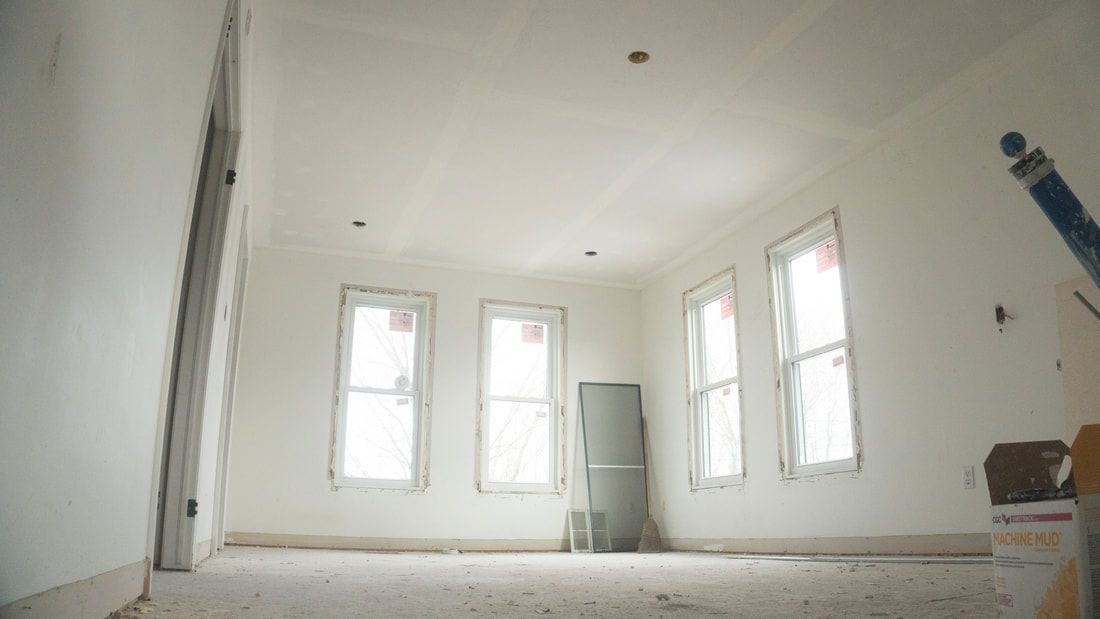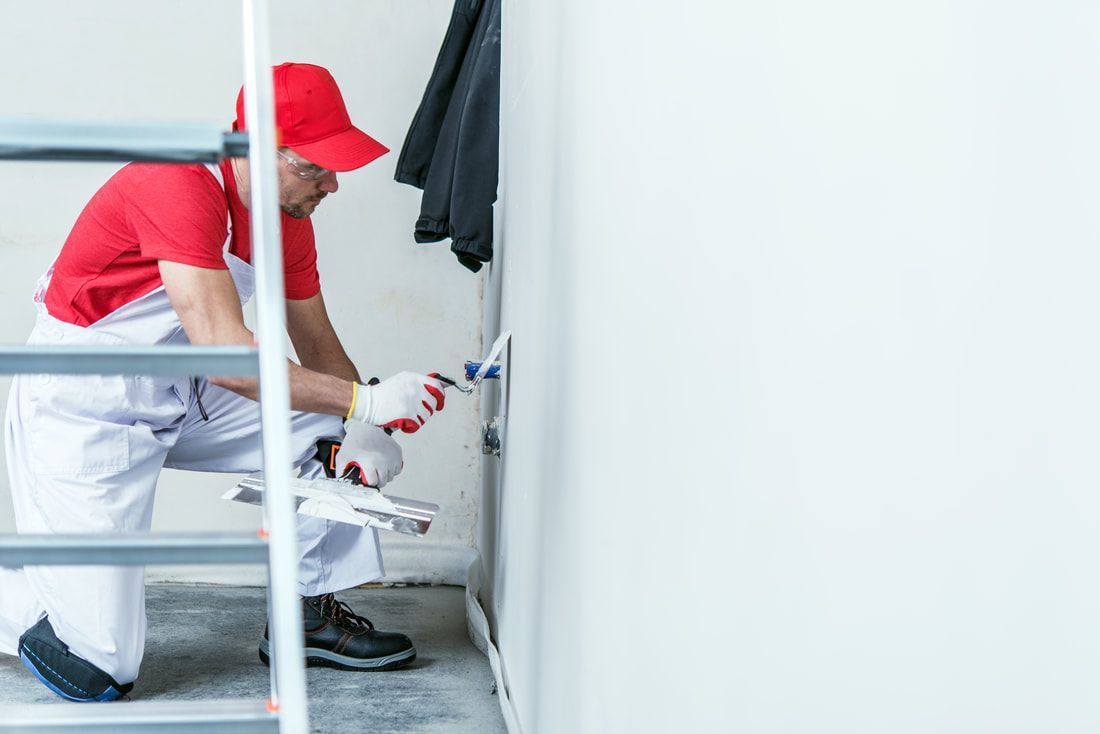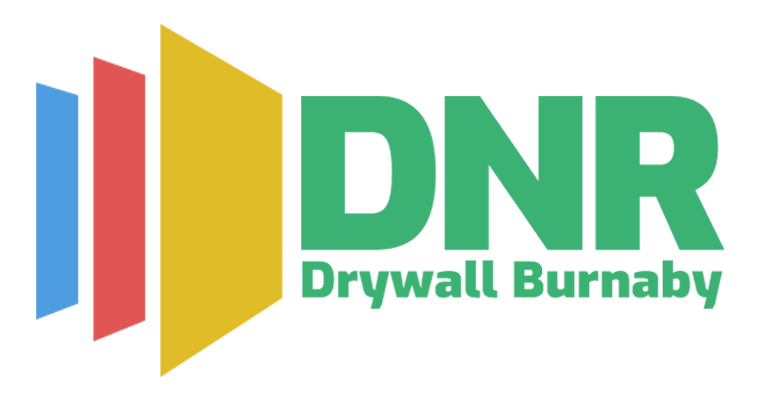Drywall Finishing & Painting Services
Finishing drywall is a stage in construction where the decorative elements are used to increase the aesthetic beauty. In this case, finishing is a process in which fiberglass tape is used to tape seams and joints, and then a drywall spackle is applied over the joints and screws. The finishing can be enhanced using drywall textures, decorative art such as 3D sculptures and paint.
Our drywall installers work hard to ensure the correct level of finishing is applied based off your needs. If you are going to install tile or cupboards overtop of your drywall then we don't need to do as many steps as we would if you were going to add a coat of paint or textured drywall style. We also make sure to use the appropriate type of mud compound depending on the finishing service chosen. Below we discuss some of these types to help you understand and feel assured the quality of work you are getting from our install team.
If you have any other question please call us at 604-245-50877.

GET FREE QUOTE TODAY!
GET YOUR FREE QUOTE TODAY!
If done correctly, there should be no visible joints, and the surface should be smooth. When it comes to finishing, the two most important factors are drywall tape and mud. When finishing a room, the general rule is that paper tape should be used for inside corners and along the seams to allow for a smoother finish.
Drywall mud is also referred to as a joint compound. This is a gypsum-based paste used for finishing purposes, such as in joints and corners. The gypsum paste also comes in handy in drywall crack repair and repairing dents and scratches. Our drywall contractors here at DNR drywall in Burnaby, BC will know which is best for each type of repair or installation.
There are several types of taping mud to choose from. These are:
An All-Purpose Compound
An all-purpose compound is a form of taping mud that is already pre-mixed. It is suitable for use as a finish coat, a filler, embedding joint tape, and skim coating. Beginners prefer this compound because it is easy to use and has a slow drying time. As experts, we avoid using all-purpose mud because they are not as strong as other mud types.
Topping Compound
A topping compound should be used after two coats of taping compound have already been applied. Topping mud is a low-shrinking mud that is workable and offers a very strong bond. This compound comes in powder form and will require the user to have the skills and tools to mix it with water.
It is important to note that topping compounds should not be used for embedding joint tape as it is more suitable for finishing corner beads.
Taping Compound
A taping compound is suitable for applying over tapes and repairing plaster cracks. It has one major disadvantage: it is harder when dry, meaning it is more difficult to sand. One advantage of taping compound is it can be used to laminate drywall panels in ceilings, making it a suitable finishing agent.
Quick Settling Compound
Quick settling compound is also known as hot mud because it dries faster than all other market compounds. It is suitable for filling deep cracks, and contractors love it because of its fast drying properties. It sets faster because it dries through a chemical reaction instead of evaporation. Unlike Taping Compound, Quick setting compound can be used in damp places because it does not dry through evaporation.
Drywall Priming, Painting & Trimming
Our team of contractors are well equipped to take your drywall installation from start to finish, including your priming, painting & trimming services. Providing our customers with a turn-key installation is why the residents of Burnaby, BC trust our drywall services. Here is some information you can use to help make an educated decision when choosing if our drywall finishing team is right for you.
Drywall Priming
Priming is important because it saves on paint. If you directly apply paint on drywall, it will soak, meaning you will need to apply several coats before the seams stop showing. Without a primer, you will spend more time painting and also spend more money buying paint cans.
Drywall Primer Benefits & Options
There are several types of primer options in the market, all designed for different uses. Some of the most common primer options are:
- Drywall Primer-sealer: Used to seal gypsum paper surfaces
- Hiding Paint: Created for use on surfaces that are not well finished
- A Skim Coat: This is a mud compound used to create a smooth finish
- Flat Latex Paint: Can be used as a substitute for gypsum board
Apart from enabling the painter to use less coat of paint, there are other benefits of using a primer. For example, the paint adheres better to the surface because it attaches to the primer. Another benefit is that when the primer is used on an imperfect surface, it hides imperfections. This is because it creates a seal between the crack and paint.

Painting Tips for Sheetrock
Before painting any surface, you need to prepare the site. Furniture needs to be covered with a temporary cover so that paint does not stain the sofa and any other valuable items. Before painting a surface, we inspect it for imperfections, dirt, and dust. When applying primer and paint, we apply a minimum of two coats to prevent the edge boards and seams from bleeding.
Popular Trim Options for a Classy Home
Trim is a form of mold or millwork used to frame floors, doors, windows, and ceilings. It can be used for both functionality and aesthetic purposes. Examples of some of the most popular trims are:
Casing: This is a mold used to cover gaps that are usually left behind when a door or window frame is installed.
A Chair trim: This trim is horizontally installed at the center of a wall to prevent furniture from scratching or denting the wall. A Chair trim is an example of an aesthetic and functional trim. You can add style to your home by experimenting with PVC trim, bare wood trim, or a medium-density fiberboard trim.
A Picture Rail: Picture rails are a trim style from the 50s and 60s. It is usually 1 ½ - 2 inches wide and is horizontally installed on the wall. It can be at the center of the wall or just below the ceiling. It is designed to hang pictures without damaging the wall. Apart from hanging pictures, they can also accommodate large mirrors and paintings.
Crown Molding Trim: A crown molding trim helps create a visual separation between the ceiling and wall. The crown can be simple in style or elegant and sophisticated, depending on your needs and your ceiling's height.


